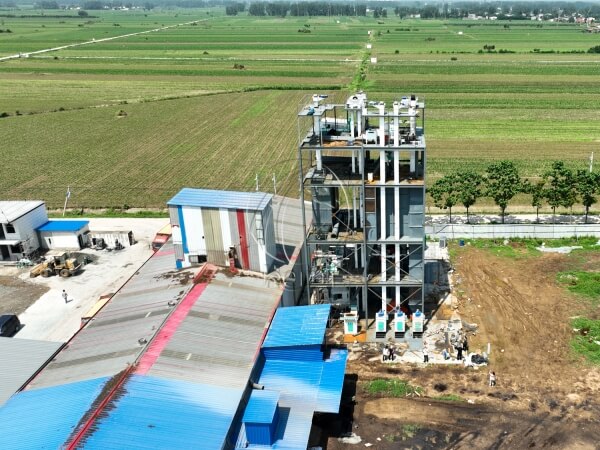
Mastering Feed Pellet Production: Your Guide to Efficiency and Nutrition
Comprehensive Guide to Feed Pellets: Production, Benefits, and Equipment
Feed pellets are an essential component in modern animal husbandry, offering a convenient, nutritious, and efficient way to provide feed to livestock and pets. This guide delves into the intricate process of producing feed pellets, the equipment involved, their myriad advantages, and the types of pellet mills available.
The Feed Pellet Production Process
The production of feed pellets involves a series of well-defined steps, each crucial for ensuring the quality and effectiveness of the final product.
Raw Material Selection and Preparation:
The journey begins with the careful selection of raw materials. A variety of inputs can be used, including:
Grains: Corn, wheat, and barley provide energy.
Protein Sources: Soybean meal, fish powder, and legumes contribute essential amino acids.
Fiber Sources: Straw, hay, and rice husks improve digestion.
Additives: Vitamins, minerals, and fats can enhance nutritional value.
Each material uniquely affects animal health and productivity, making the selection process critical.
Once the raw materials are selected, they are processed in a crusher machine. This equipment reduces the size of the materials to enhance the mixing process. The benefits of size reduction include:
Increased Surface Area: More surface area allows for better absorption of nutrients during digestion.

Improved Mixing: Smaller particles blend more uniformly, ensuring each pellet contains a balanced mixture of ingredients.
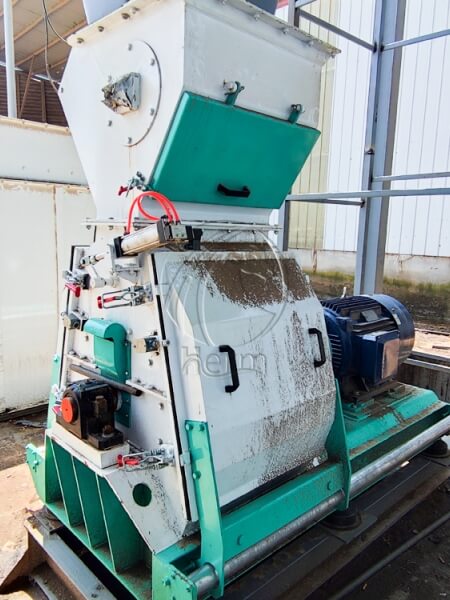
After crushing, the raw materials are transferred to a mixer. Here, the ingredients are combined thoroughly to create a homogeneous mixture. The mixing process is vital for:
Consistency: Ensuring that each pellet contains the same nutritional profile.
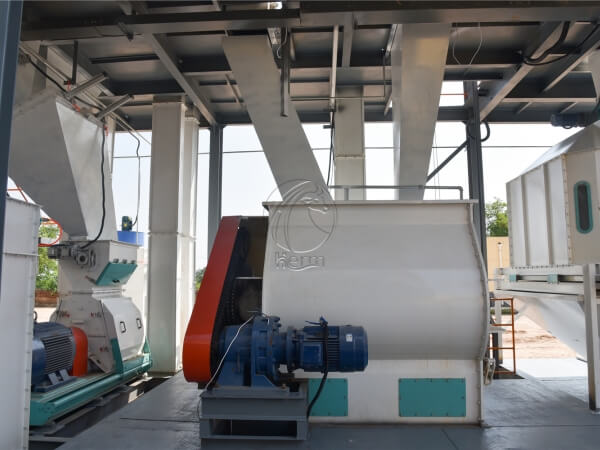
Nutrient Distribution: Even distribution of additives, which is crucial for optimal animal health.

The mixed ingredients are then fed into the pellet machine. This is where the magic happens:
Pelletizing Process: The machine compresses the mixture under high pressure and heat, transforming it into pellets. The moisture content is typically reduced to ensure durability and shelf-life.
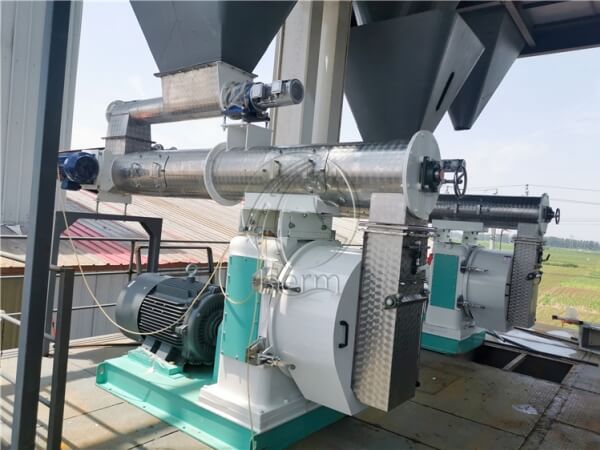
Customization: Pellet sizes can be tailored to meet the specific dietary needs of different animals. For example, poultry pellets are generally around 3mm, while larger livestock like cattle may require pellets of 6mm.
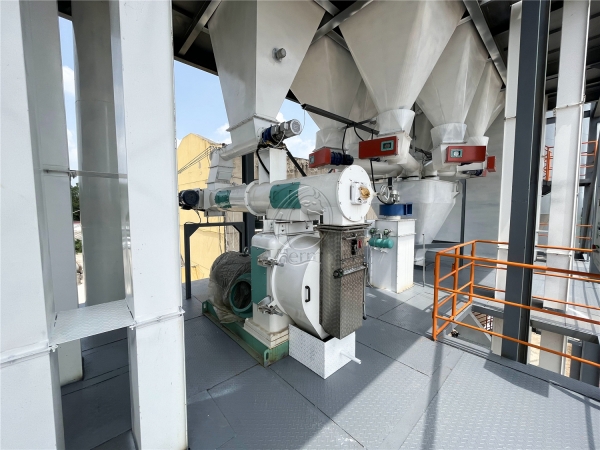
Feed Cooling Process:
After pelleting, the hot pellets exit the machine and require cooling. The feed cooler machine:
Reduces Temperature: Brings down the temperature of the pellets to prevent spoilage.
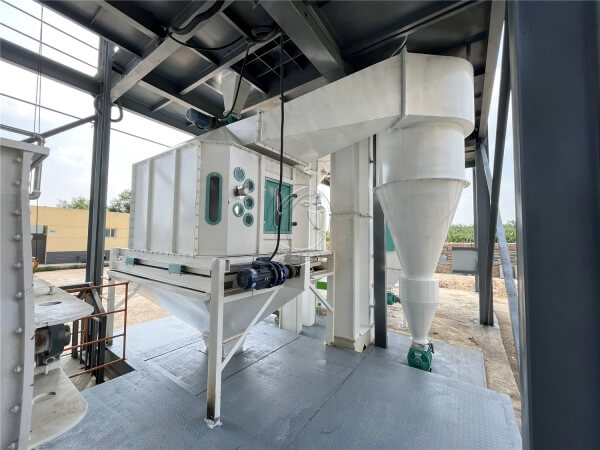
Removes Moisture: Excess moisture can lead to mold growth; thus, cooling is essential for storage.

Feed Packing Machine:
Finally, the cooled pellets are packaged for sale and distribution. The packing machine:
Ensures Quality: Bags are sealed to maintain freshness.
Standard Sizes: Typically, pellets are packed in 50kg bags for livestock, while smaller packages (5kg, 25kg) are available for pet food.
Advantages of Pellet Feed
Pellet feed is increasingly favored by farmers for several compelling reasons:
Enhanced Nutritional Value: The ability to combine various raw materials allows for the creation of a nutritionally balanced feed that meets the specific dietary needs of different animals. This formulation prevents selective feeding, where animals choose their favorite components and neglect others.
Economic Efficiency: Pellets are more compact than loose feed, leading to reduced storage space requirements and lower transportation costs. Their durability also means less feed waste.
Improved Safety: The high temperatures involved in the pelleting process help eliminate harmful pathogens, including Salmonella and E. coli, contributing to safer feed.
Convenient Feeding: Pellets are easier to handle and feed, which can lead to improved feed intake and overall animal health.
Types of Pellet Mills
Feed pellet mills can be broadly categorized into two types: homemade and commercial.
1. Homemade Pellet Mills
These are designed for small-scale production, suitable for individual farms or small enterprises. They typically operate on single-phase electricity and can be powered by diesel engines if necessary. Key features include:
Capacity: Usually ranges from 200 kg/h to 1000 kg/h, accommodating different production needs.
Affordability: Ideal for those just starting in feed production or with limited resources.
2. Commercial Pellet Mill Plants
For larger operations, a commercial pellet mill plant is essential. This comprehensive setup includes:
Feed Crusher Machine: For efficient raw material preparation.
Feed Mixer Machine: Ensures even blending of all ingredients.
Feed Pellet Machine: The core of production, converting mixtures into pellets.
Feed Cooler Machine: For cooling and moisture control.
Feed Packing Machine: For efficient packaging and distribution.
Large-Scale Production Requirements
In a commercial setting, the need for robust storage solutions arises. Steel silos are indispensable for:
Raw Material Storage: Made from high-strength, corrugated steel, these silos can store materials for 30, 60, or even 90 days, depending on your needs.
Optimized Space Usage: They allow for efficient use of space, crucial for larger operations.
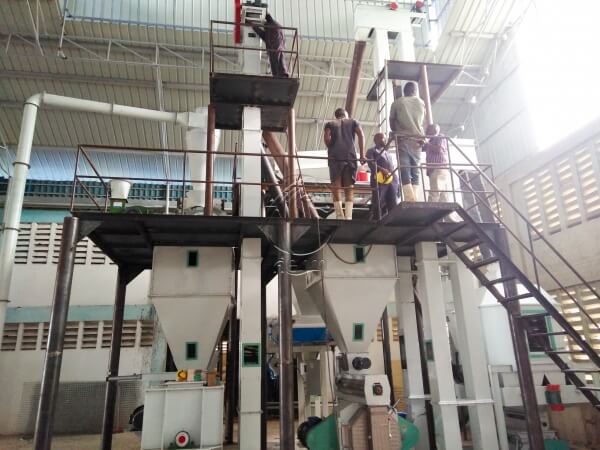
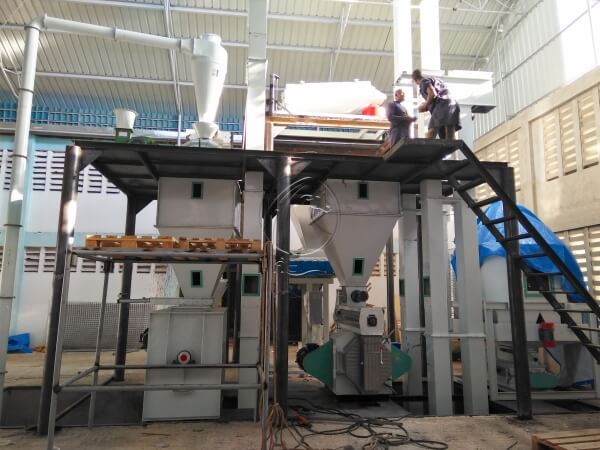
Custom Solutions and Planning
When establishing a feed processing factory, sharing your factory draft with us allows for a tailored planning approach. Factors we consider include:
Warehouse Height: Designing equipment and layout to fit within space constraints.
Electrical Capacity: Customizing plans based on available power supply.
Our range includes:
1 t/h to 60 t/h feed pellet mills, catering to varying production scales.

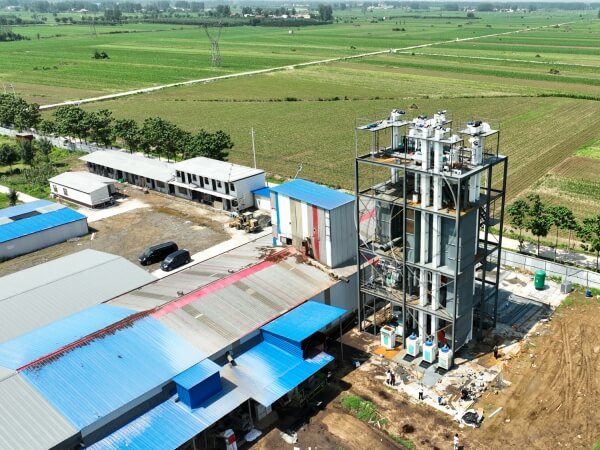
Comprehensive Customer Support
Choosing our machines comes with several key benefits:
Free Spare Parts: We provide essential spare parts at no additional cost, ensuring minimal downtime.
Operating Tutorials: Access to instructional videos on operating and installing the machines, making the setup process seamless.
Professional Design Services: Our experts offer assistance in designing an efficient factory layout tailored to your production needs.
Customization Options: You can choose the color and logo of your machines to fit your brand identity.

Conclusion
Investing in a feed pellet production system not only enhances the efficiency of your operations but also improves the nutritional quality of the feed provided to your livestock and pets. With our comprehensive range of machines and support services, we are dedicated to helping you establish a successful feed-processing factory. Let’s collaborate to achieve your feed production goals and ensure a thriving agricultural business!
Henan Herm Machinery Co., Ltd was established in 2010 and has been devoted to the research and development of Feed Mill Machinery ever since. With more than 10 years of experience, Herm® has become a leading manufacturer and supplier of animal feed machines and complete animal feed production lines, cattle feed plants, poultry feed plants, animal feed pellet production lines, etc. It always endeavored to improve the quality of products and aims to meet the new requirements of the international market.
If You Are Ready to Start a Feed Pellet Plant Business, please contact us for the feed mill machine. We Can Provide Professional Design and Comprehensive Guidance According to Your Needs. Get in touch with us now!
Welcome Contact Us!
Henan Herm Machinery Co., Ltd
Email: info@hermmachinery.com
Whatsapp: 0086 18037508651


